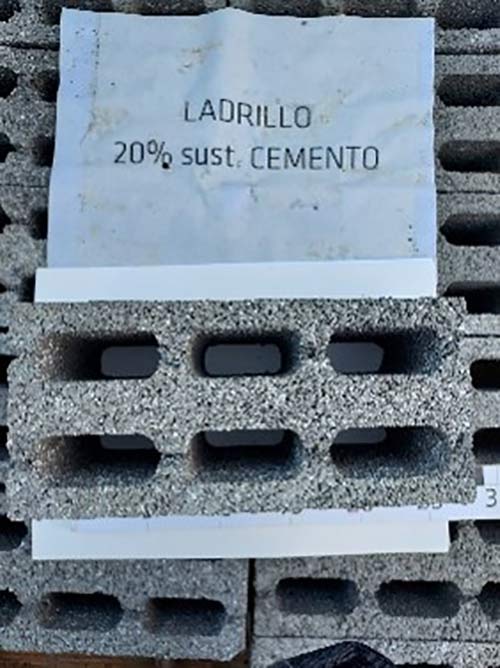CEVERIO
RECOVERY OF MINERALS AND METALS FROM URBAN WASTE BY OPTICAL SORTING
Slag from Urban Waste Energy Recovery is among the 10 non-hazardous waste streams that contribute the greatest mass of minerals and metals to landfills in the Basque Country. The aggregate production of this slag at the two energy recovery plants in the Basque Country (Zabalgarbi and Zubieta) is estimated to be 90,000 tonnes each year. In general, the solution for this waste at a European level is to subject it to maturation processes that enable it to be used in civil works, but this is of little value from the point of view of circularity of the fractions embedded in the slag.
AGALEUS, a company devoted to the treatment and management of industrial waste, leads CEVERIO, in which it has worked with PREFABRICADOS ETXEBERRIA, a producer of prefabricated concrete elements, the TECNALIA Technology Centre and ZABALGARBI, an urban waste energy recovery plant in Bizkaia.

DRIVING FACTOR



 OBJECTIVES
OBJECTIVES
- Lay the technological and industrial feasibility foundations for closing higher value-added cycles of mineral fractions (glass and siliceous components) and metals from Urban Waste Energy Recovery slag.
- Implement innovative separation technology, combining optical systems with physical-mechanical sorting systems.
- Recover material resources of higher purity and reincorporate them into production cycles for glass (glass fraction), metals (ferrous and non-ferrous metals) and cement-based construction products (ceramic fractions, melting slag and fines).
 RESULTS
RESULTS
- Recovery of 7.34% of the total glass recoverable by optical means. The result is much lower than expected due to the reduced performance of the equipment due to dust on the glass and the working range of the separator (10-50 mm) which only has 30% of the total glass.
- Recovery of slightly less than 50% of total metals.
- Guaranteed use of the fine recovery fraction to replace aggregate in precast concrete.
- Results above the reference in the use of the 10 to 50 mm micronised fraction instead of cement for active addition in precast concrete.
- Estimated annual savings of 1,650 tonnes in CO2 equivalent emissions.
 CONCLUSIONS
CONCLUSIONS
- Although it has been possible to recover the mineral fractions by incorporating them as raw materials in the manufacture of precast concretes, the project results include several uncertainties, namely the initial humidity of the slag and the need for drying, and the micronising processes involved in the recovery of the fractions.
- These two steps represent an additional cost for the recovery processes carried out, which could be particularly important in order to obtain economically viable circular processes.
- However, expectations on landfill fees favour the project.
ENVIRONMENTAL
TECHNICAL
ECONOMIC
COMMERCIAL
ON THE MARKET





